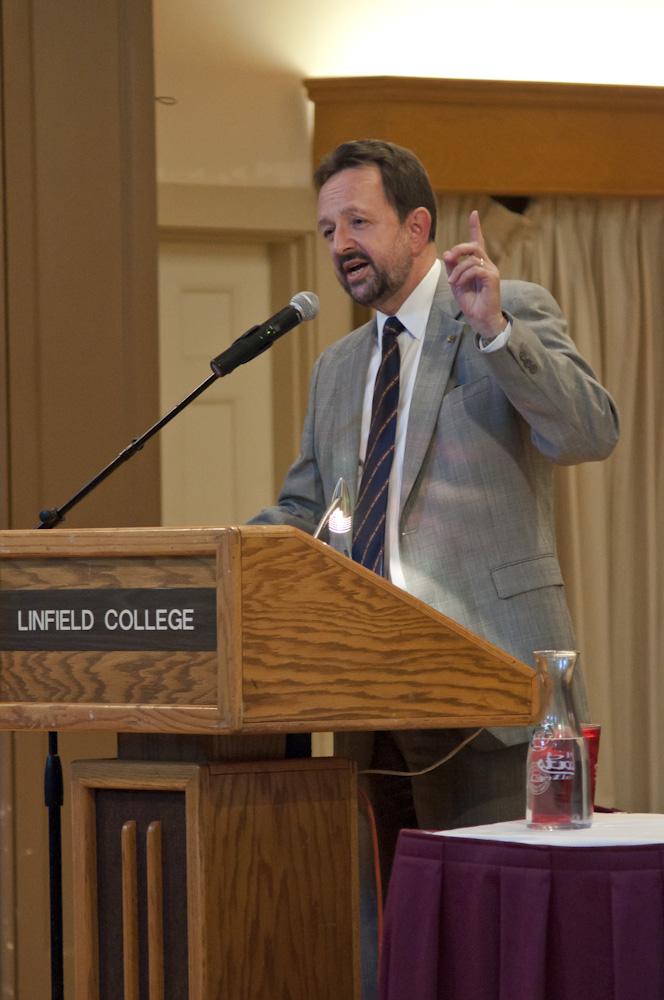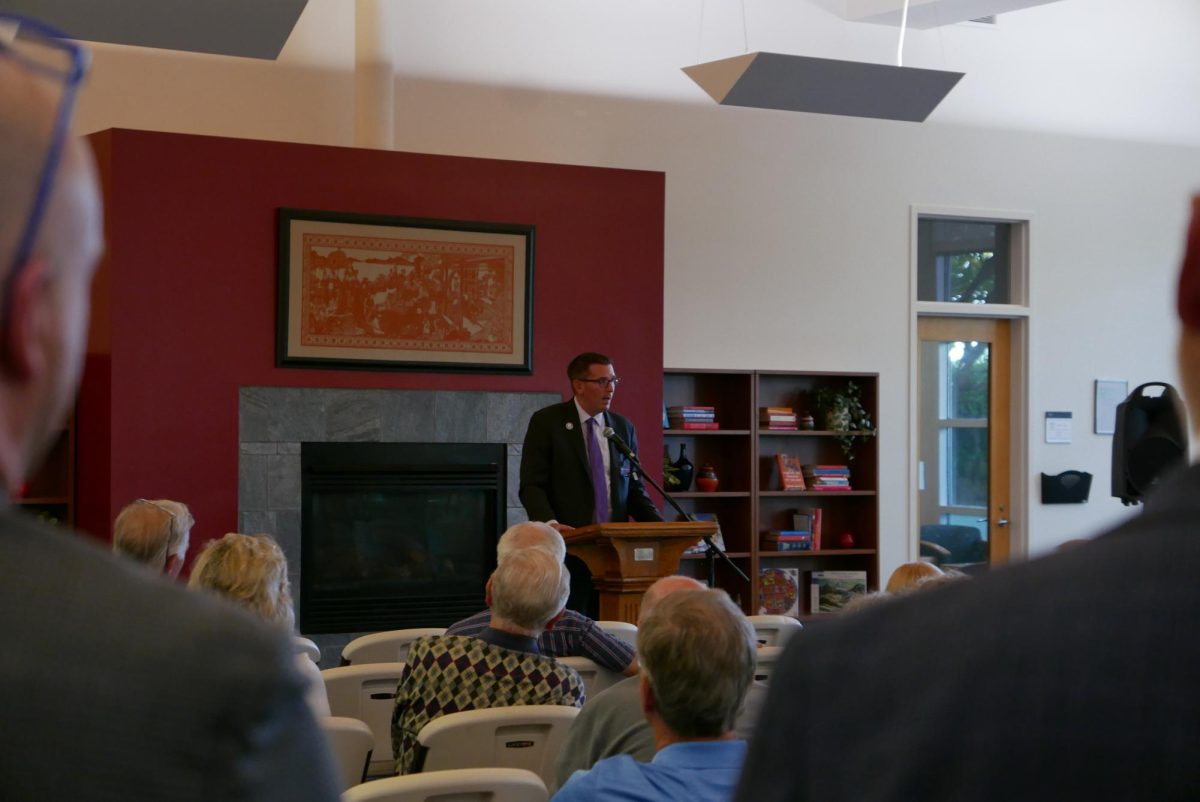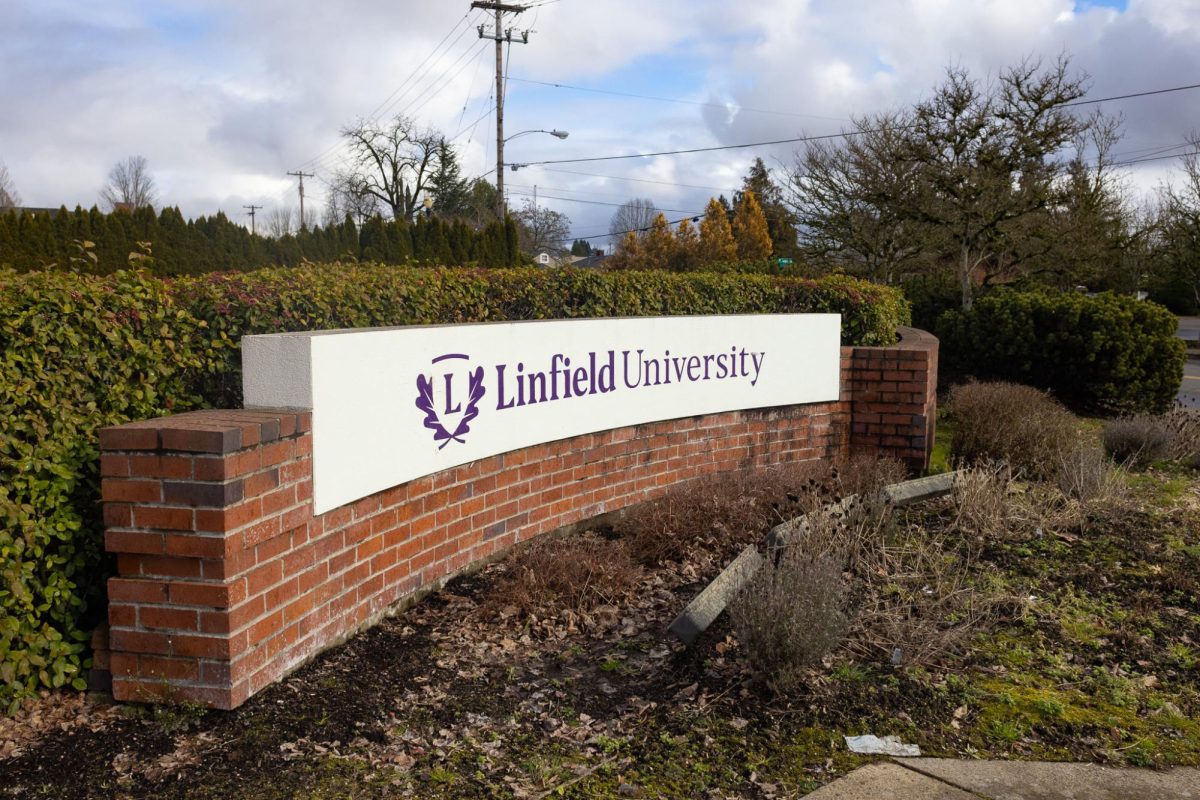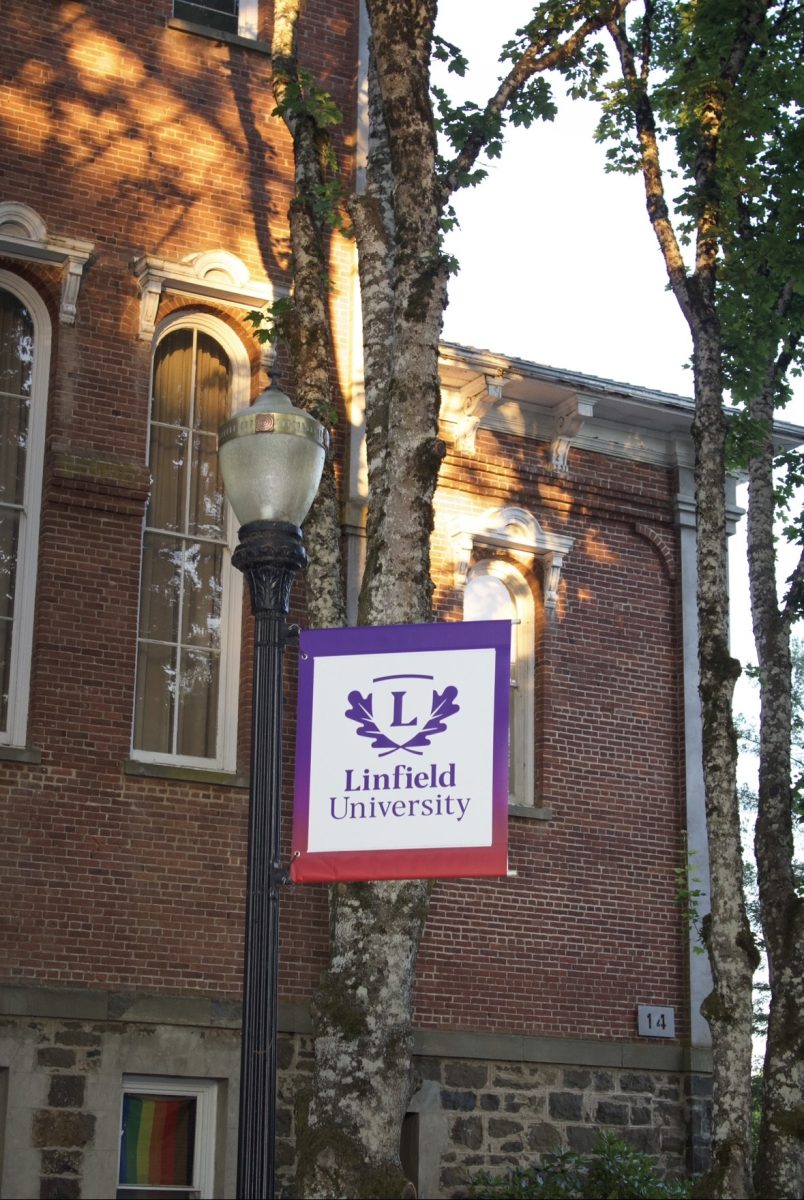
President Hellie presented a State of the College Address announcing the achievements of the 2010-2011 academic year and introduced the upcoming six-year strategic plan Sept. 7 in Ice Auditorium. The president also reminded us of our greatest strength—“the community of people who love this college and care about its success.”
Although the economy has yet to fully recover, Linfield has successfully secured the funding for and completed the T. J. Day Hall building project. In multiple areas of the college there were financial surpluses and Linfield gained $5 million in outright gifts for the first time in 10 years.
Aside from financial achievement, Linfield was one of the 16 colleges eligible as participants in the Kemper Scholar Program, which two Linfield students won. Professors from Linfield also made numerous media appearances throughout the nation. In addition, the softball team won the national championship.
There are still some long-standing challenges to overcome, such as the high dependency on enrollment revenues and lack of additional financial resources.
To overcome, or at least address them, the president identified a set of goals for this academic year, some of which include continuing board development, continuing to seek funding and renovating Taylor Hall.
These goals will lead to a strategic plan for the school in which the president hopes to “address the fundamental questions of future enrollment, academic priorities, and the nature of our institution’s academic programs and delivery systems.”
The plan will be on a six-year track to align with the new accreditation calendar of the Northwest Commission on Colleges and Universities.
An Executive Planning Council was created and will make recommendations on the interconnections between the programs offered on both the Portland and McMinnville campuses, enrollment issues, student and faculty life, academic programs and online instruction, finances and infrastructure, and external relations and support. Public hearings on these issues will be carried throughout the semester, which the president urged students to participate in.
Inspired by a president of a small college in Ohio where Hellie once worked, Hellie emphasized that we need to “make our college distinctive while remaining true to our culture, our goals, our heritage and our financial situation.” This goal led to a re-energized commitment to international programs as well as a new interdisciplinary general education program.
As a liberal arts college, the president disagreed that Linfield should try to create professional programs identical to those at large public universities, but to distinguish them by linking them to liberal arts. Moreover, he said key programs or majors in the liberal arts should be identified and invested so they can become nationally recognized.
The president also said that private residential colleges, such as Linfield, with modest endowments are quite vulnerable, as they cannot raise tuition for survival and expect to succeed. Thus, the college will consider expanding its enrollment base for the college in addition to students from the Pacific Northwest, he said.
The president also said it was important to instill a sense of loyalty among current students so as to create a culture of supporting the college when they become alumni.
The president ended the evening by encouraging everyone who cares about Linfield to share opinions with the Executive Planning Council of the strategic planning process.
“They will do their best to listen, to weigh the evidence, to consider the ideas and to make the best recommendations possible for Linfield College,” he said.
If there are questions about the strategic planning or more information about the strategic plan, readers can go to the website www.linfield.edu/2012-strategic-planning.html
_________________________________________________________________________________________________
Cassie Wong/Staff writer
Cassie Wong can be reached at [email protected].






